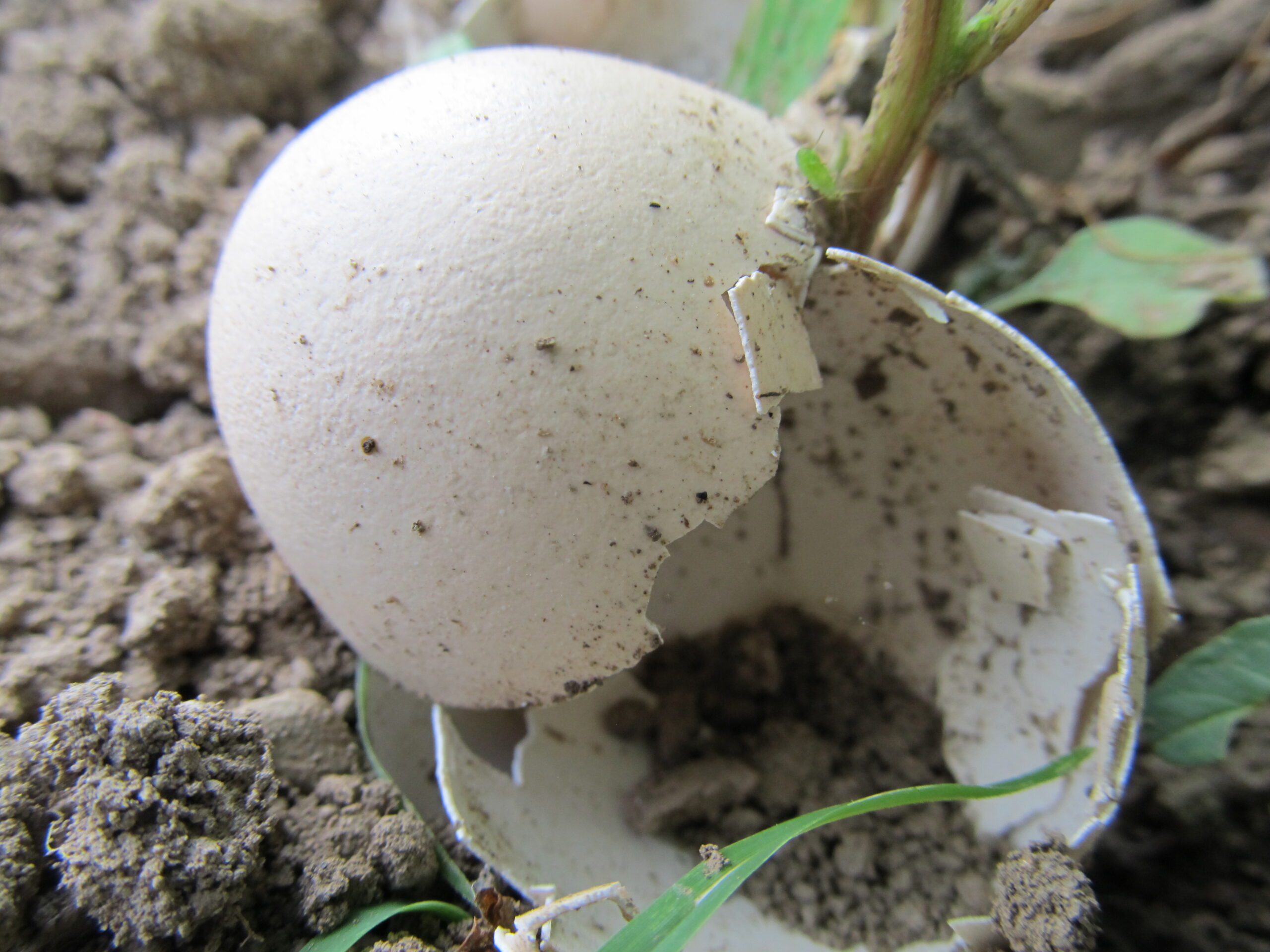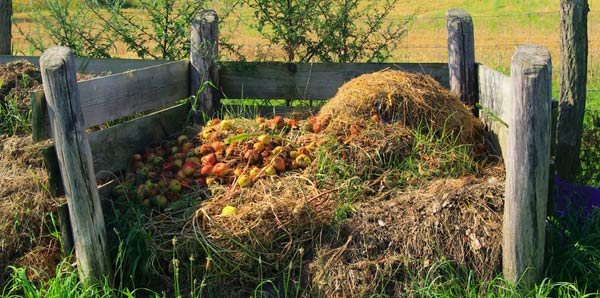Thanks to my twin sister Kelly for coming up with the title!
Greetings Grow Appalachians! Holly the HQ VISTA checking in. I don’t know about you, but I don’t ever want to see snow again for the rest of my life. I am 500% OVER IT! We got about a foot here in Berea, which is a bit unheard of in these parts. P.S. I’m sure a lot of you got a lot more! Anyway, that’s quite enough of snow. Let’s hold out for the thaw- 21 days until spring!!
Before I dive into all things compost, I just wanted to give you all a quick shout-out: You guys have written some FANTASTIC blogs these past few weeks! I mean, really fantastic! I have enjoyed reading them immensely. Keep up the good work! 🙂
All right, compost. So…what is it? Simply put, compost is organic, decayed matter that is used as a soil amendment. What’s so beautiful about compost is that it’s science and nature at work: Once all the components of compost are assembled, the decomposition process continues due to bacteria, fungi, and other microorganisms, all naturally breaking down within the confines of the compost space. Of course, you have to go in and shake things up a little every now and then, but compost pretty much does all the grunt work itself. But more on that coming up…
In order to have a successful compost, you need two components: energy materials, which provide nitrogen and other compounds needed for rapid microbial growth, and bulking agents, which are dry materials used to help aid in aeration of the compost. If a compost pile lacks bulking agents, the energy materials are too wet and allow for less airflow. On the other hand, too much bulking agents won’t decompose on their own because they are too low in moisture to do so. To save yourself some time, you can incorporate balanced raw materials into your compost, which are materials that have equal parts of energy and bulking properties. If you don’t have balanced raw materials readily available, a good rule of thumb is one part of energy materials to two parts bulking agent. There’s examples of all three below. If you’re not sure if something is suitable, ask us!
Methods:
Slow (or cold) Composting- It’s exactly what it sounds like, because the first step involves waiting about a year. Simply gather and mix some non-woody yard substances into a pile and leave it. That’s it for that step. After that, add fresh materials into the center of the pile and cover it; this aides in the aeration process and also deters pests. One downside to slow/cold composting is that the overall temperature of the pile does not get hot enough to kill weed seeds, so be sure to weed before they go to seed (I’m a poet and didn’t even know it?!)
Fast (or hot) Composting- Hot composting takes a bit of preparation, but if done properly, you are left with a quality product in a fraction of the time! Some folks compost in an open pile, but you can also use a bin for this. You want to start with material to make a pile with a volume of at least 1 cubic yard (approximately 5 feet wide x 3 feet high). Use one part of energy material to two parts bulking agents (remember the rule of thumb!) and smash, shred, mash, or chop larger materials so they will break down faster. Mix with a pitchfork. After the initial mix, check the moisture level: Take a handful of product, and if you can barely squeeze out a drop of water, you have reached the ideal moisture level. If it’s too dry, add water; if it’s too wet, add dry material. Continue this process until the pile is built. Turn the pile weekly, and add water if it’s needed. A well-turned pile can stay hot for several weeks. Allow the pile to “cure” for four to eight weeks. Curing is crucial to nitrogen and microbial availability, and an uncured compost pile can be harmful to plants. The compost is ready to use when at least eight weeks since initial mixing have passed, the pile no longer retains heat when turned, and the mixture is dark and crumbly…much like natural soil.
If you are using the hot method and your pile isn’t hot, don’t worry! The pile will eventually break down; it’ll just break down by way of the slow method 🙂
Using It:
Now that you’ve got your homespun organic goodness ready for action, what the heck do you do with it? If you find your compost is a bit earthy, you can simply mix a couple inches of it into your soil about a month or so before planting. Using compost greatly improves the overall soil health and structure; if you have a particularly sandy soil, compost particles are larger and that allows for better water retention. Lastly, compost adds a plethora of additional nutrients.
If your compost is a bit coarser, use it as a mulch, where it can be tilled in later. The best time to apply mulch-like compost is in early summer, because at this time plants have established and the soil has warmed.
Additionally, you can utilize compost as a potting mix into your potted plants- just be sure that the volume of compost does not take up more than half of the potting mix’s total volume.
A few tips
- Keep dog, cat, and pig manure out of the compost pile. The parasites and bacteria found in it may thrive in the soil for a long time and could be infectious to people.
- If you are starting a compost pile from scratch, it may be helpful to add a cup or two of garden soil into the pile.
- If you do use manure, wait at least 120 days between application to the garden and harvesting. Avoid using too coarse or woody materials, as they break down slower and make the pile more difficult to turn
- Layering materials is not the most effective method, contrary to popular belief (That’s why it’s called a compost pile, not a compost lasagna). If new materials are added, add them to the center of the pile. The center of the pile is where lack of oxygen is more prevalent.
- Be patient! Whether you use the hot or slow method, part of the process is just waiting and letting nature take its course. Don’t get discouraged if you don’t see results right away.
Happy composting! And happy Friday!
Sources:
Madison County Master Gardener manual, a publication of the Madison County Cooperative Extension and University of Kentucky College of Agriculture







I would like to know the difference between discrepiencies in keeping your compost pile between 131 F. and 160F. to discourage the growth of diseases. I found 2 sources stating temperatures?
Hi Christy, Great question. There is so much information out there some opinion some facts and regulation and actually you are hitting on both.
The discrepancies arise from the USDA’s standards stating:
-initial C:N ratio must be between 25:1 and 40:1,
– windrow system must hold temperatures between
131o-170oF for at least 15 days, and
• turn a minimum of 5 times
T
The previous standards were then revisited and the following guidelines were accepted:
accept C:N of 15:1 to 60:1,
• stipulate a minimum temperature of 131oF for at
least 3 days,
• require either turning or other measures to
ensure that all parts of the pile gets to required
temperatures, and
• require curing
Hope this is helpful.
Thank you for the informative answer. I thought I replied you, but I see that I didn’t! Sorry for that!Thank you again and keep posting interesting and educative articles!
Thank you for the informative answer!!
i like this article about Composting- Waste Not, Want Not, thanks for sharing this info